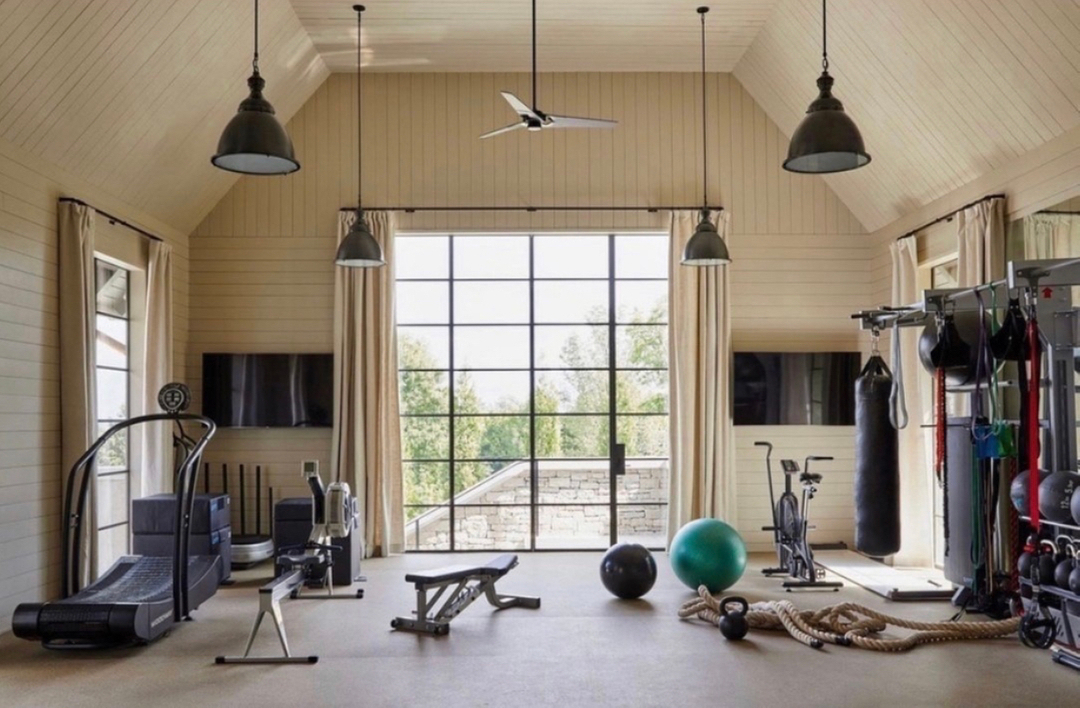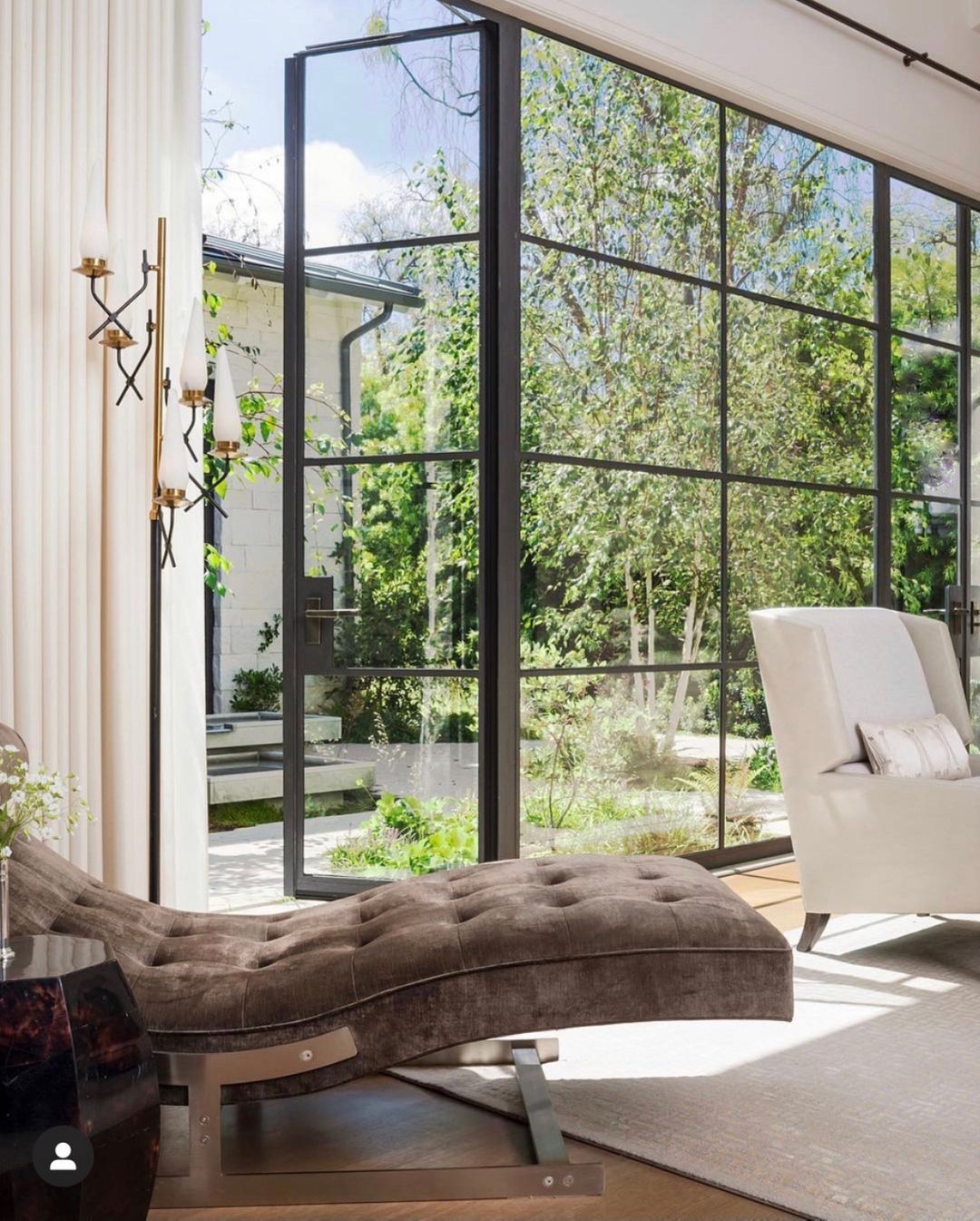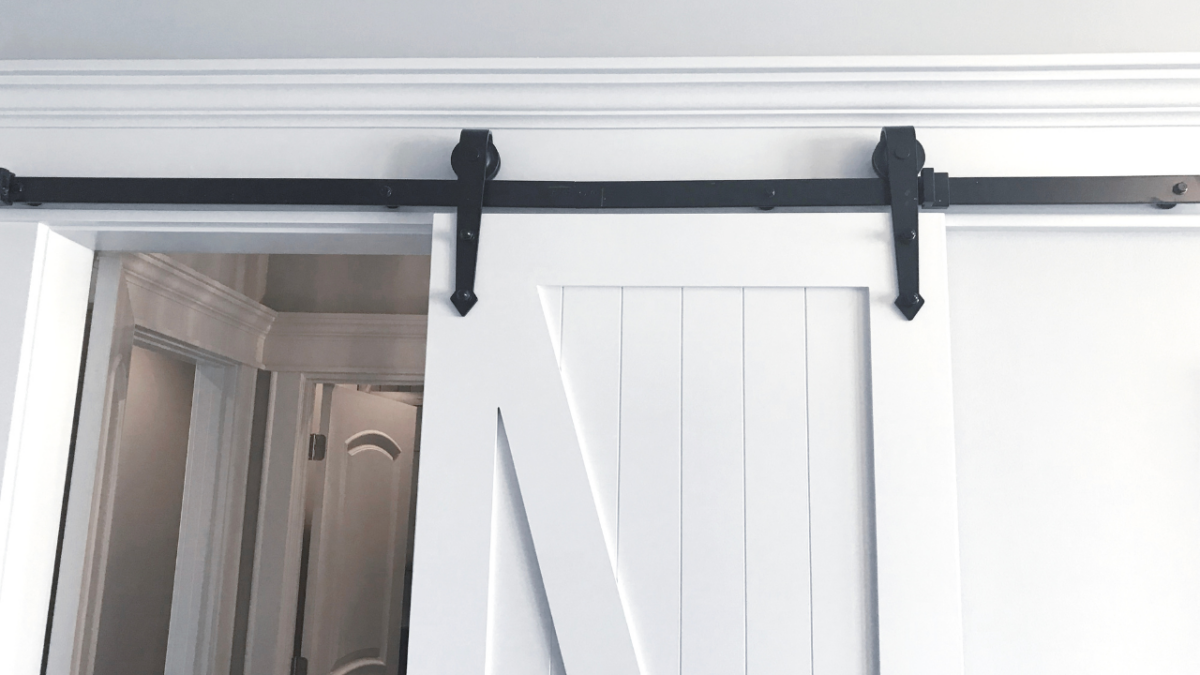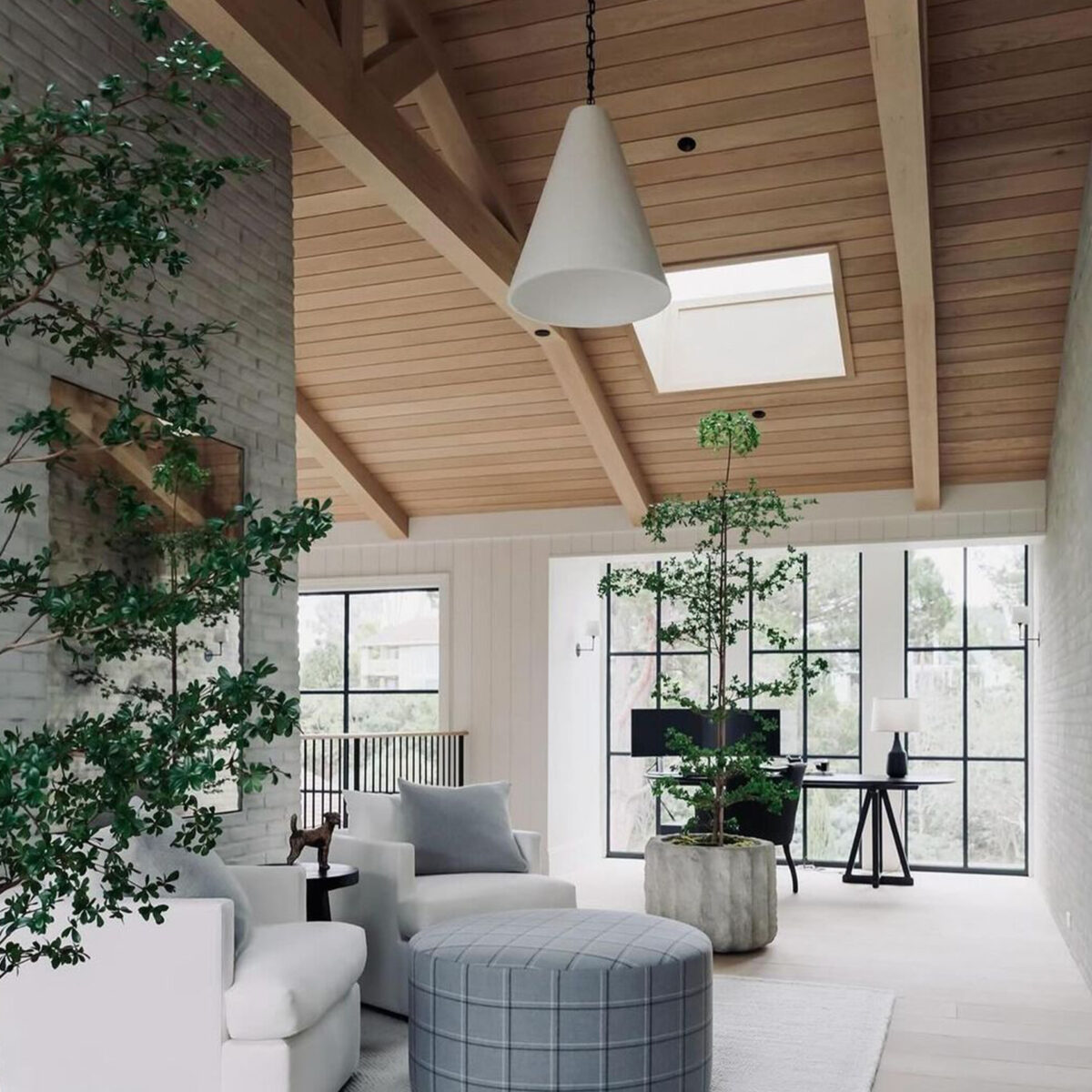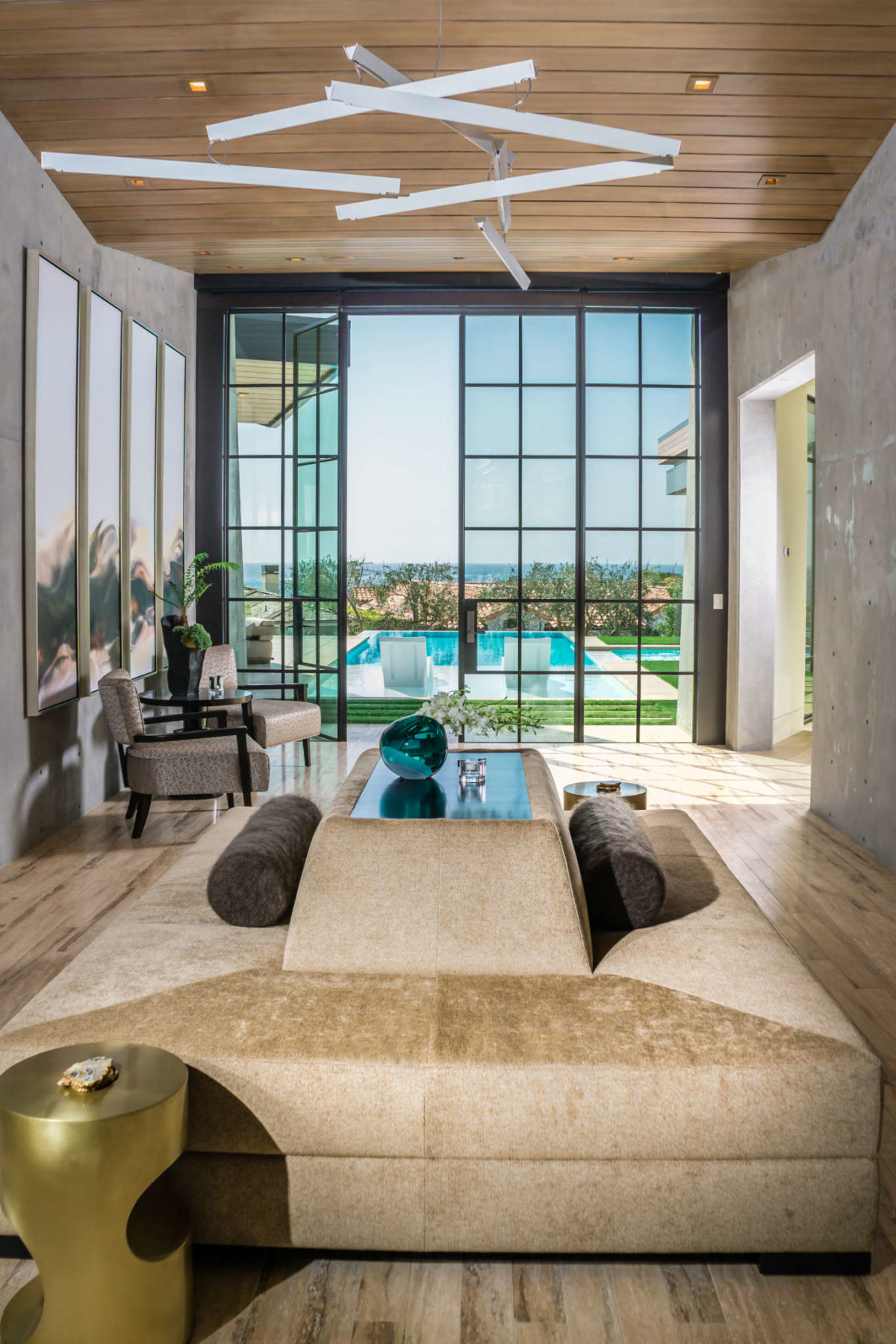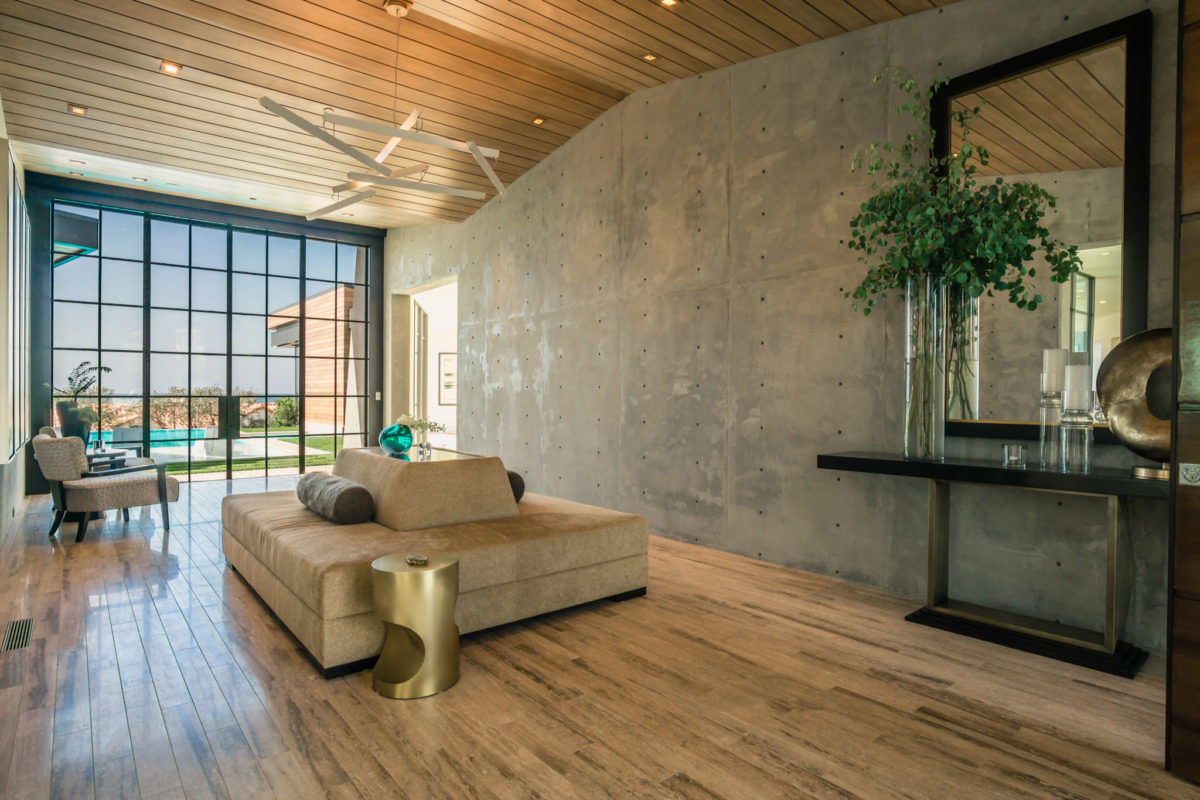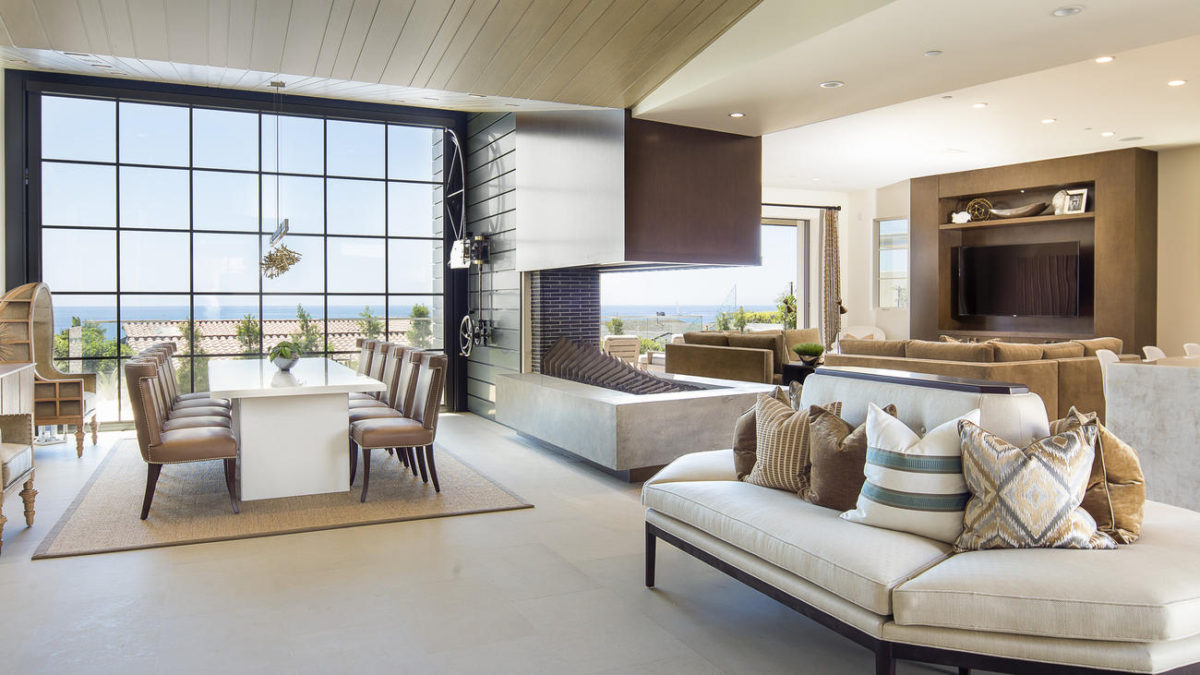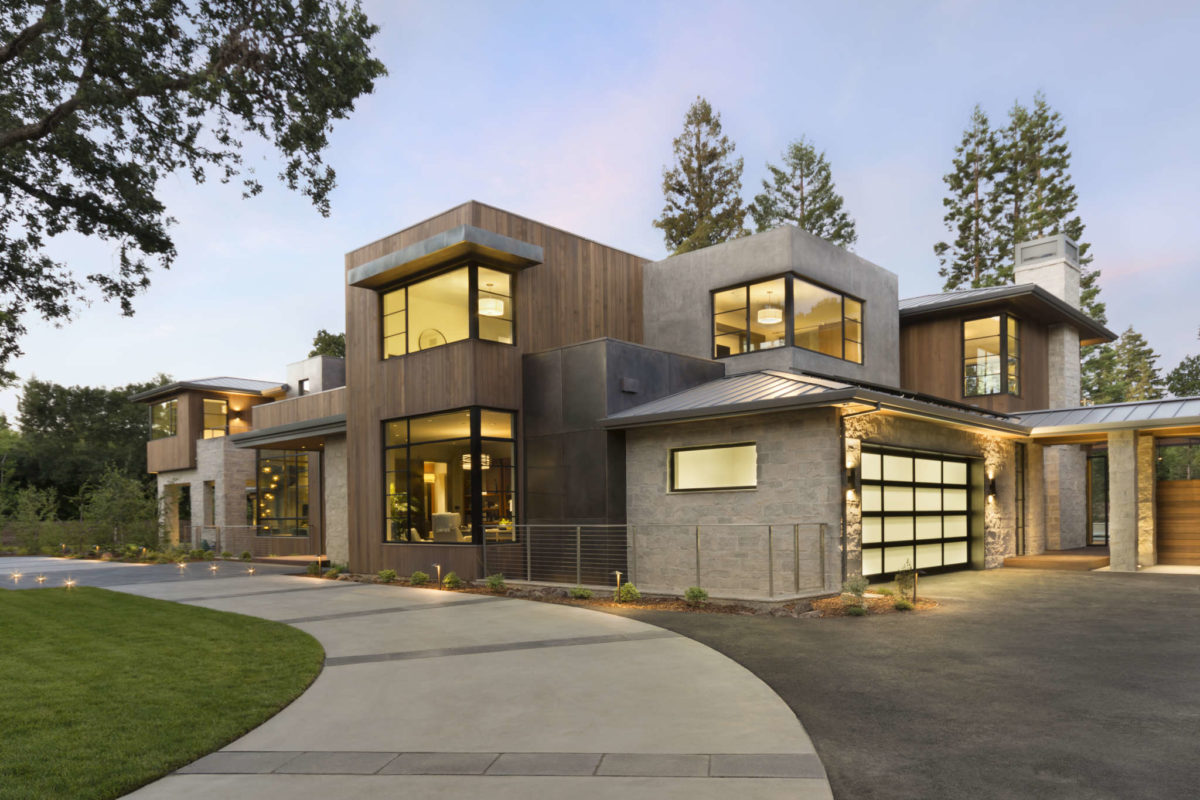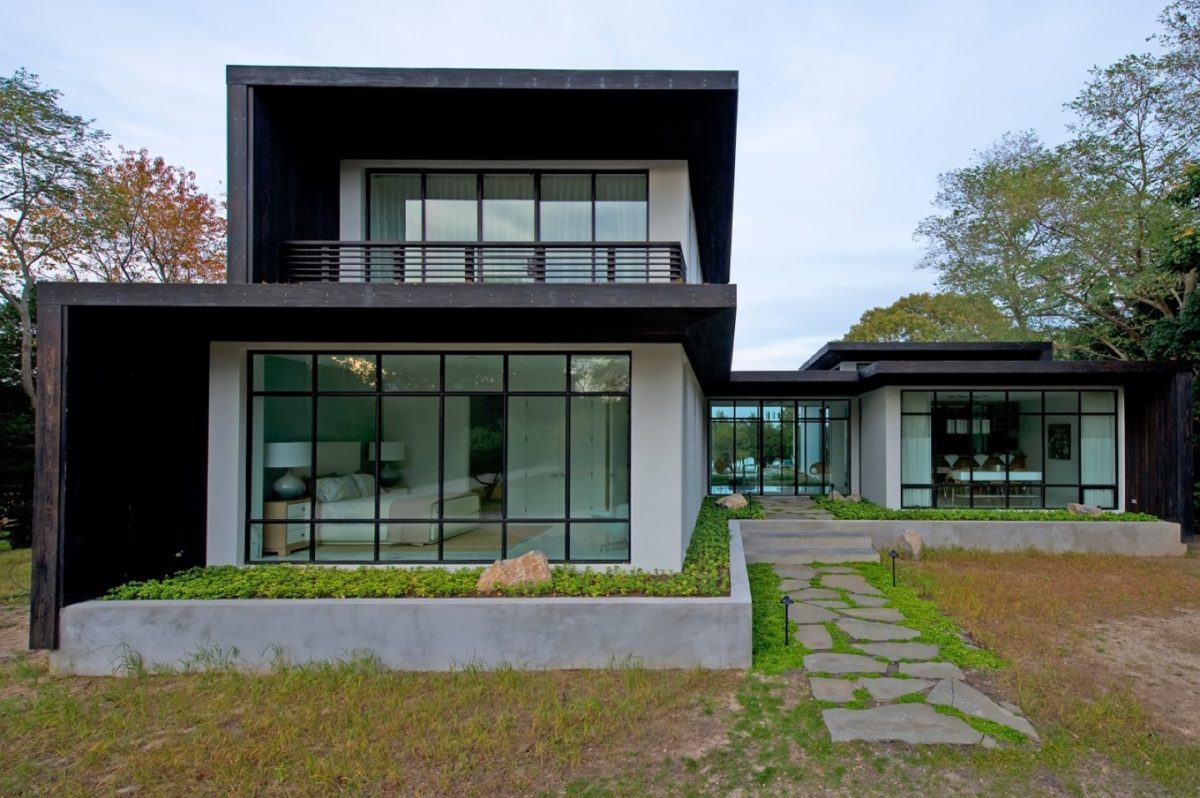Key Takeaways
- Opt for furniture that serves a clear purpose and is functional. Avoid unnecessary decoration.
- Incorporate strong materials like steel, wood, and concrete for a long-lasting design. This makes sure that the house is functional and built to last.
- Stick to a neutral color palette to create a calm, cohesive space that provides comfort and makes the place open and cozy.
- Reduce clutter and keep only what’s necessary to maintain an open, airy environment. This makes the space easy to move around and customize as needed.
- Use features like steel windows and doors to add an industrial edge to your home. These materials are durable and do not need frequent maintenance.
Utilitarian design is all about function over form. This style focuses on simplicity, practicality, and efficiency, creating spaces that serve a purpose without unnecessary decoration. Many people are drawn to the clean lines and straightforward approach of utilitarian design, which helps create calm and uncluttered living environments.
Utilitarian design isn’t just about being practical—it’s also about making smart choices that make life easier. Whether you live in a small apartment or a spacious home, adopting this style can help you create a space that feels organized and intentional.
In this guide, we’ll explore what utilitarian design is and how you can incorporate it into your home.
What is Utilitarian Design?
Utilitarian design is a style that prioritizes function and simplicity. It’s about using items that have a clear purpose and avoiding anything that doesn’t serve a practical function. This approach often involves using durable materials, clean lines, and neutral colors to create a space that is both efficient and comfortable.
In utilitarian design, every item has a job to do. There’s no room for unnecessary decorations or elaborate details. Instead, the focus is on creating spaces that are easy to use and maintain.
Steel windows and doors, for example, are popular in utilitarian design because they are strong, durable, and require little maintenance. They also add a sleek, industrial look that complements the overall simplicity of the style.
How to Adopt Utilitarian Design for Your House?
Choose functional furniture
The first step in adopting utilitarian design is to choose functional furniture. Look for pieces that serve a clear purpose and avoid those that are purely decorative. For example, opt for a sturdy dining table that can withstand daily use or a comfortable sofa that is easy to clean.
Consider multi-functional furniture, such as a coffee table with storage or a bed with drawers underneath. These pieces not only save space but also help keep your home organized.
Remember, in utilitarian design, less is more. Choose pieces that are simple, well-made, and built to last. These improve the property’s curb appeal.
Use durable materials
Utilitarian design emphasizes the use of durable materials. Steel, wood, and concrete are common choices because they are strong and long-lasting. Steel windows and doors are especially popular in this style due to their strength and minimal maintenance needs.
Steel casement windows, with their clean lines and simple design, are perfect for a utilitarian home. They allow plenty of natural light to enter while maintaining the sleek, industrial look that is characteristic of this style.
Additionally, curtain wall windows can be used to create large, open spaces filled with light, further enhancing the utilitarian feel.
Keep the color palette neutral
In utilitarian design, the color palette is typically neutral. Think of a wide range of shades of white, gray, black, and beige. These colors create a calm, clean look that doesn’t distract from the functionality of the space. They also make it easier to mix and match pieces without clashing.
You can add warmth with natural materials like wood or soft textiles in muted colors. But the overall goal is to keep the look simple and cohesive. This approach helps create a serene environment that feels uncluttered and easy to live in.
Embrace minimalism
Minimalism is a key component of utilitarian design. This means reducing clutter and only keeping items that are necessary or serve a purpose. It’s about creating a space that is free of excess, where everything has its place.
Start by decluttering your home and getting rid of items you don’t need. Then, focus on organizing what’s left in a way that makes your daily life easier. Use storage solutions like shelves, cabinets, and baskets to keep things tidy and out of sight. The goal is to create a space that feels open, airy, and easy to navigate.
Incorporate industrial elements
Utilitarian design often incorporates industrial elements like exposed beams, concrete floors, and steel windows and doors. These features add a raw, unfinished look that is both functional and stylish.
Steel casement windows are a great way to introduce an industrial vibe to your home. They are durable, low-maintenance, and add a touch of modernity to any room. Similarly, curtain wall windows can be used to create an open, airy space that is filled with natural light, further enhancing the utilitarian aesthetic.
Focus on practicality
Above all, utilitarian design is about practicality. Every element in your home should serve a purpose. Whether it’s the furniture you choose, the materials you use, or the layout of your space, everything should be designed with functionality in mind.
Consider how you use each room and arrange your furniture accordingly. For example, place frequently used items within easy reach and ensure that pathways are clear and unobstructed. The goal is to create a space that works for you, making your daily life easier and more efficient.
Euroline Steel Windows and Doors: Perfect for Your Utilitarian Home
At Euroline Steel Windows and Doors, we know that a home should be both stylish and functional. Our stainless steel windows and doors, like steel casement windows and curtain wall windows, are made to fit the clean, practical look of utilitarian design.
They’re strong, durable, and easy to use. With our custom designs and quality craftsmanship, we help you create a home that’s not only practical but also looks great, perfectly matching the utilitarian style.
For more information and to see what we can offer, check out our products and choose the style that best matches your house.

